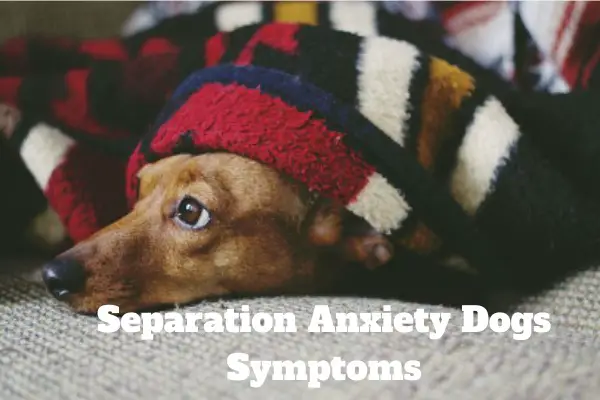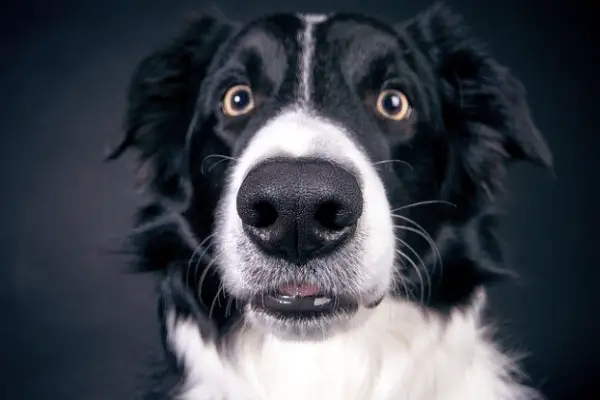Dog Traumatized After Spay [Helpful Tips]
![Dog Traumatized After Spay [Helpful Tips] Dog Traumatized After Spay](https://petcreeks.com/wp-content/uploads/2023/02/Dog-Traumatized-After-Spay.jpg)
Is your pup traumatized after a spay? If so, you are not alone!
Many dogs experience distress, anxiety, and other behavioral issues after undergoing a spay.
In this blog post, we’ll look at the signs of trauma in dogs, how to cope with the distress, and how to create a supportive environment for your pup as they heal.
So if you’re struggling to help your pup cope with the stress of a spay, keep reading to learn how you can help them on their road to recovery.
Dog Traumatized After Spay
Dog traumatized after spaying is a common experience.
Puppies may experience fear and anxiety after a spaying surgery, as the hormones and other changes associated with the procedure can cause confusion and discomfort.
It is important to provide a quiet and comfortable environment for your pet in the days and weeks following the procedure and to be patient as your pet adjusts to the changes.
Additionally, providing gentle massage and affection can help to alleviate stress and help your pet feel more secure.
If the symptoms persist, you should speak with your veterinarian about possible treatments or therapies to help your pet cope with the trauma.
Why dogs can become traumatized after spaying
Dogs can become traumatized after spay surgery because of the physical and emotional stress of the operation.
Dogs can also become traumatized after spaying due to the disruption of their hormone levels.
The physical trauma of the surgery, pain and potential complications can cause distress in a dog, leading to changes in its behavior.
Additionally, the stress of being away from their home environment, being handled by unfamiliar people, and being confined can cause emotional distress.
In some cases, the trauma of the surgery may be compounded by pre-existing emotional issues, such as anxiety or fear.
This can cause the dog to become skittish or aggressive and can lead to long-term behavioral changes.
Learn more about the benefits of spaying and neutering dogs.
Understanding the Trauma of Spaying in dogs
Dogs may feel stress when their reproductive organs are surgically removed during spaying.
Although it is a routine treatment and is generally regarded as safe, it still requires general anesthesia, incisions, and a recovery period.
These are a few probable trauma factors connected to dog spaying:
- Pain: Both the procedure itself and the recuperation time may be uncomfortable for dogs.
- Anesthesia: General anesthesia can be stressful for canines, and some can show adverse reactions such as nausea, vomiting, or confusion.
- Separation: When their owners are separated from their dogs throughout the procedure and the recovery period, dogs may experience anxiety or sadness.
- Changes in hormone levels: Hormone levels may fluctuate as a result of spaying the dog, which can affect the dog’s behavior and temperament. Spaying removes the dog’s ovaries.
- Reproductive capacity loss: For some dogs, this can be a devastating experience on an emotional level.
- Fear of the veterinarian or surgery: For some dogs, visiting the veterinarian and having surgery can be upsetting and distressing.
Physical effects of spaying in dogs
Spaying a dog can have a number of beneficial physical effects, including lowering the risk of uterine and ovarian cancer, lowering the risk of perianal and urinary tract infections, and lowering the risk of pyometra, a potentially fatal uterine infection.
Mammary tumors are the most frequent malignant tumors in female dogs.
Moreover, spaying might lessen female dogs’ aggressive behavior and roaming.
Spaying may, however, also have some possible unfavorable physical impacts, such as an increased chance of obesity, an increased risk of particular joint diseases, and an increased risk of specific malignancies.
Emotional effects of spaying in dogs
A dog’s spaying can have a variety of emotional impacts, both good and bad.
On the plus side, spaying female dogs might lessen their wandering and hostility as well as their risk of developing some malignancies.
The adverse effects of spaying include an increased chance of obesity, an increased risk of several joint diseases, and an increased risk of some malignancies.
Moreover, spaying cats increases their vulnerability to timidity, noise phobias, and separation anxiety.
With the right assistance and instruction, these emotional impacts may typically be controlled.
Signs of Trauma in Dogs After Spay
Signs of trauma in dogs after spaying can include excessive panting, vocalizing, and licking at the wound.
Other signs of trauma may include loss of appetite, lack of energy and activity, and general malaise.
If you notice these signs in your dog after spaying, contact your veterinarian immediately.
Treatment may include antibiotics, painkillers, and other supportive care.
Preventing Spay Trauma in Dogs
Significant health issues like ovarian cancer, mammary tumors, and uterine infections can all be avoided by spaying a female dog.
When spaying a dog, however, it is critical to take precautions to reduce the danger of surgical trauma.
These steps include providing adequate pre-operative and post-operative care, using proper anesthetic protocols, and performing the procedure in a sterile environment.
In summary:
- Choose a reputable veterinarian.
- Pre-surgery preparation.
- Fasting your dog.
- Anesthesia.
- Post-surgery care.
- Pain management.
- Regular check-ups.
The dog must also be thoroughly watched both during and after the treatment to make sure that it is not in pain and that the wound is healing appropriately.
Helping Your Dog Recover from Spay Trauma
It’s crucial to give your dog lots of rest and a peaceful atmosphere, so they can recuperate from the trauma associated with spaying or neutering.
Also, it’s crucial to keep an eye on the incision site and look for any infection-related symptoms like swelling, redness, or discharge.
Keep your dog away from other animals, feed them healthy food to aid in their recuperation, and administer any drugs your veterinarian has ordered.
Also, it’s crucial to assist them in maintaining a modest activity level and keep an eye out for any indicators of pain or discomfort in their behavior.
Here are some things to keep in mind:
- Provide plenty of love and attention.
- Prevent your dog from licking or chewing the incision site.
- Monitor your dog’s incision site.
- Provide pain relief medication.
- Offer small, frequent meals.
- Follow your veterinarian’s post-operative care instructions.
- Keep your dog calm and quiet.
It’s critical to speak with your veterinarian for additional guidance and care if you observe any changes in your dog’s behavior.
Conclusion
To conclude, it is important to recognize that spaying or neutering your dog can lead to trauma.
While it is a necessary procedure to prevent overpopulation and health complications, it is important to be aware of the potential physical and emotional effects that may occur.
With proper care and attention, your dog can make a full recovery and you can help them feel safe and secure.
By understanding the possible risks associated with spaying or neutering, you can make sure that your dog is in good hands and ready to enjoy a healthy, happy life.

![How to Know if Your Dog is Deaf [12 Signs & Tips] How to Know if Your Dog is Deaf](https://petcreeks.com/wp-content/uploads/2023/09/medicine-5003631_640-1.jpg)




